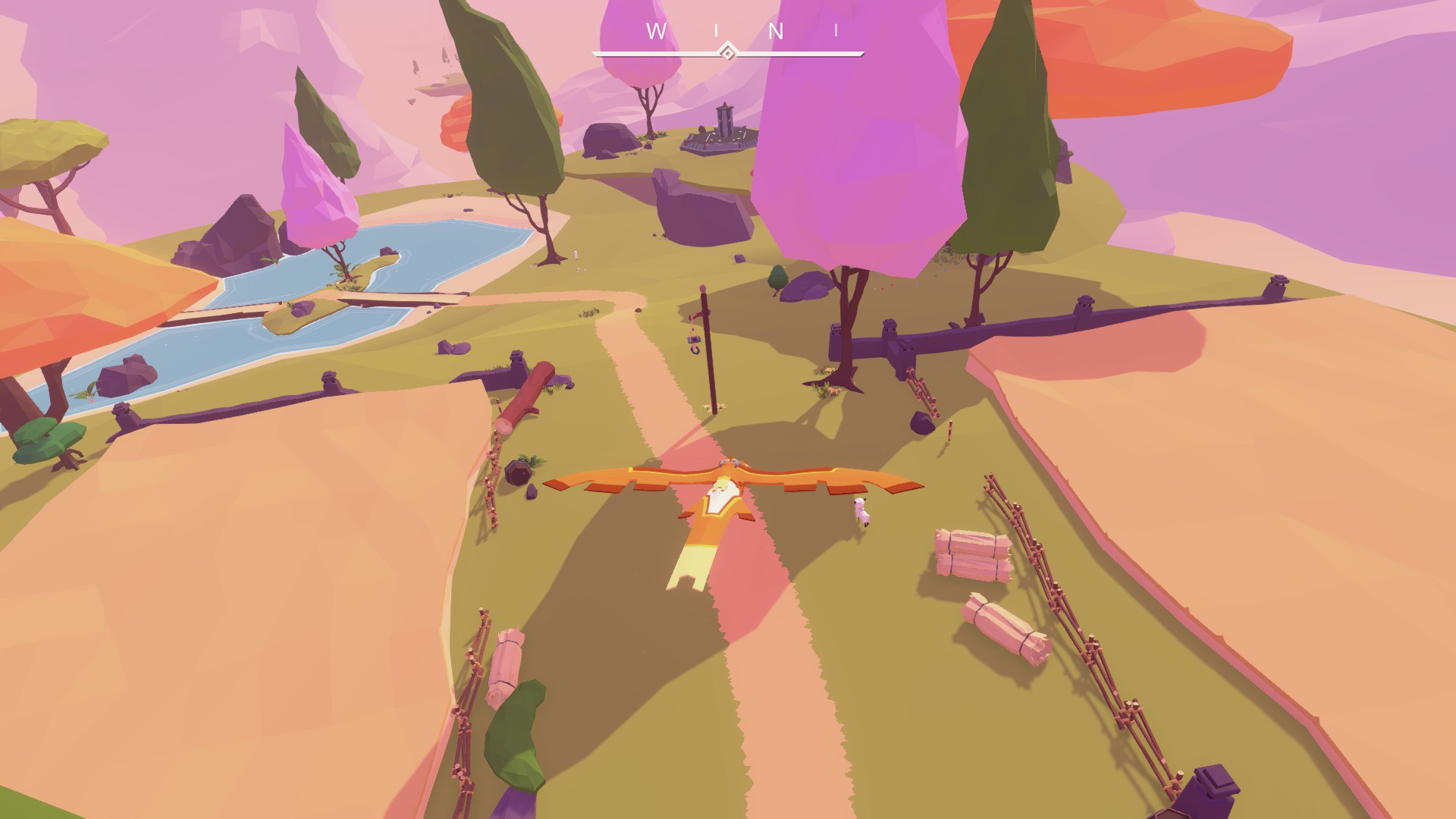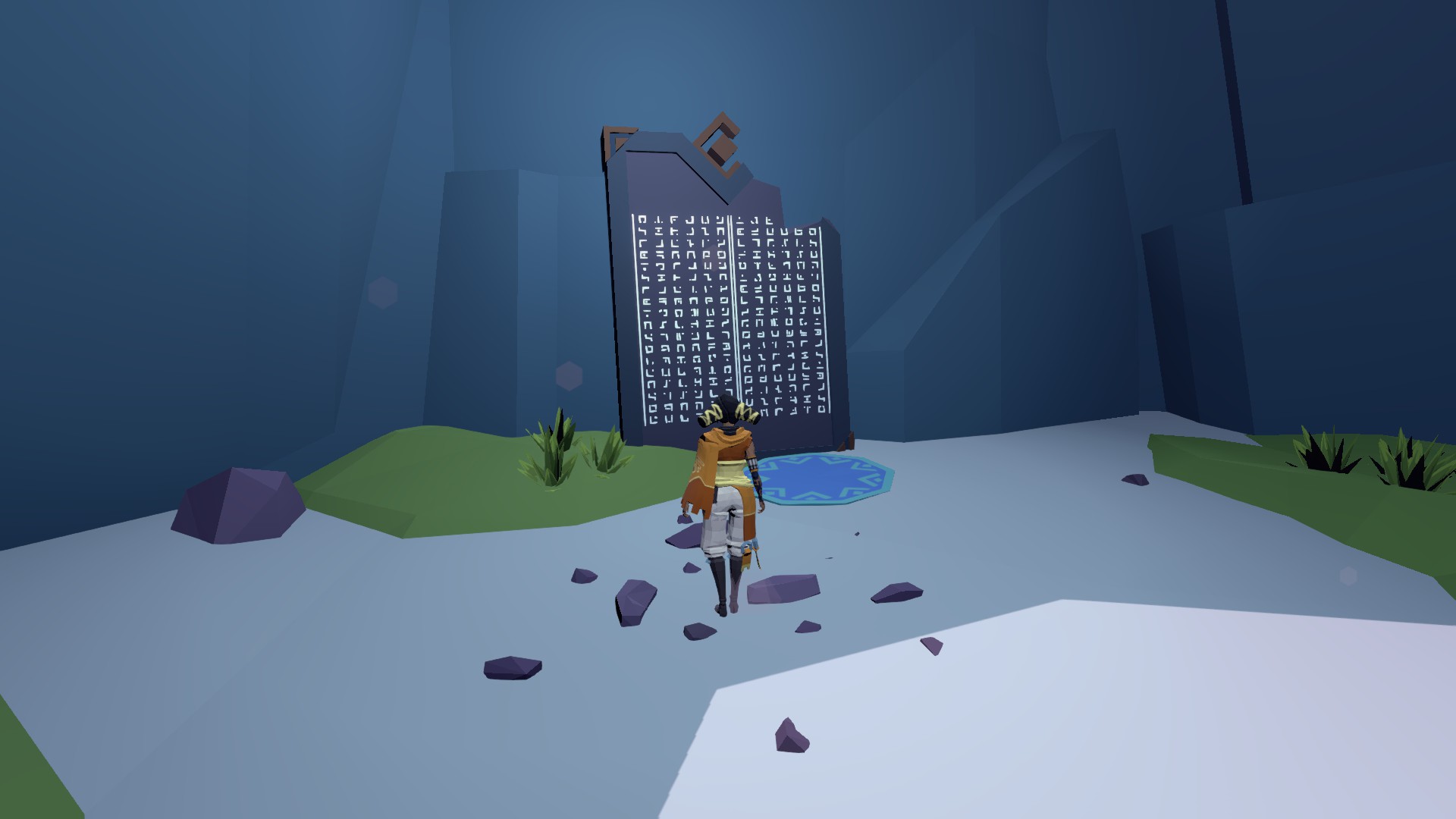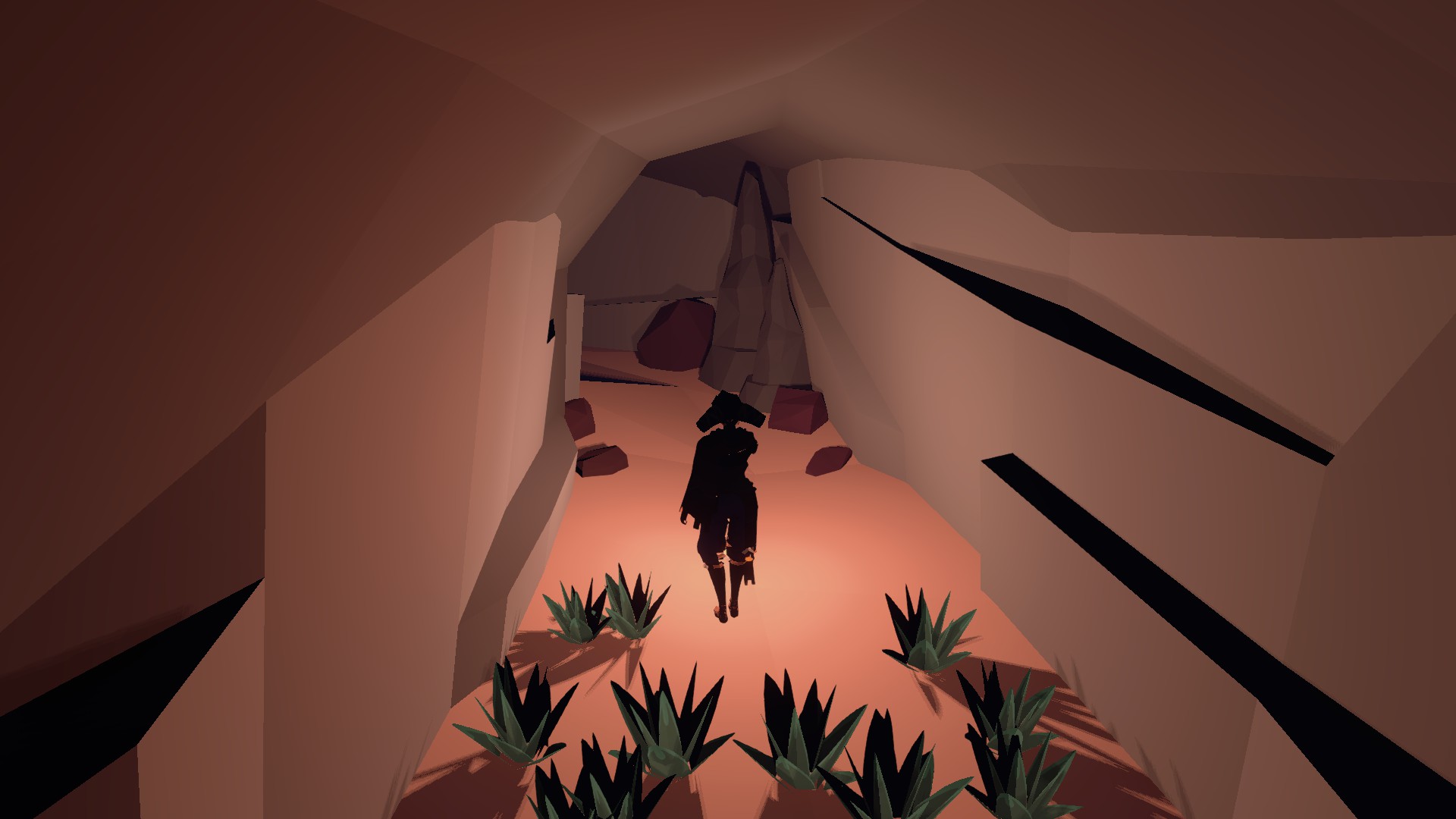Our Verdict
A beautiful game with great flying, only held back by confusing interiors and a short duration.
PC Gamer's got your back
What is it? A 3D exploration game taking place on a bunch of disconnected floating islands.
Expect to pay: $15/£14
Developer: Forgotten Key
Publisher: Daedalic Entertainment
Reviewed on: Intel Core i7-6700HQ CPU, 8GB RAM, Nvidia Geforce GTX 970
Multiplayer: None
Link: Official Site
AER: Memories of Old has its roots in cerebral platformers like Ico, Rime, and Journey. It’s an experience that wants you to take your time and find your own meaning within it, never forcing its own interpretation of events on the player.
Playing as Auk, a shape-shifting girl on a pilgrimage to the Land of the Gods, you explore a series of floating islands, solve puzzles and uncover ruins left by an ancient civilization. You’re aided in this task by a magical lantern and the ability to transform into a bird at will. Those ruins are AER's dungeons and can be tackled in any order, as the world is entirely open to the player right from the outset. This freedom gives AER a slow and meditative feel, letting you fly around the map and find your bearings in your own time.
That’s not to say there isn’t some guidance. You can talk to the handful of NPCs in the world to get hints on where to go, locate ghosts and eavesdrop on their conversations, or read notes etched in stone scattered around the place. Still, these only give you a rough indication of where you're supposed to be heading and don't hold your hand too much, which I appreciate as it meant there was still some mystery left.
I pierced a set of clouds and watched as a swarm of jagged islands came flooding back into view
You may be worried that all of this wandering to and fro could potentially get annoying, but I’m happy to report it doesn't. This is because of the flying, which is one of AER's greatest achievements. Flying feels intuitive both on a gamepad and on a keyboard, in part due to the camera system that backs away from the player, letting you have more time to react and take in your surroundings as you build up speed. You can also perform dives, flips, and other aerobatics, as well as free fall by transforming back and forth whenever. The range of movement is astounding. I never found myself getting caught up on the environment or becoming irritated when flying around the fractured world.
AER's gorgeous low-poly aesthetic is also great at holding your attention. Soaring over the map, I found it hard not to stop and admire the art, especially whenever I pierced a set of clouds and watched as a swarm of jagged islands came flooding back into view. I often found myself poised to take screenshots, each environment a source of inspiration.
The visuals aren’t the only thing creating this tremendous atmosphere—the minimalistic sound design also plays a huge role. As you travel across the world, you'll hear the distant sounds of birds, sheep, and other animals, as well as an ambient score that slowly builds in intensity as you approach important destinations. This establishes a more sedentary tone, and further reassures the player that it’s okay to take your time. It also sets a nice juxtaposition between the starting islands and some of the later landmarks that you encounter, such as the snowy region to the far north of the map.
AER: Memories of Old is a fairly concise game
AER doesn't always take place in this stunning overworld. You’re also required to travel underground to explore temples and caves that are hidden in the map. It's these areas where most of the puzzling happens as you guide light sources, manipulate objects, and step on pressure plates to unlock new pathways. I really enjoyed these sections of the game, though they're never that challenging and can be solved pretty quickly with a bit of experimentation, which might disappoint those looking for more difficult obstacles.
Keep up to date with the most important stories and the best deals, as picked by the PC Gamer team.
One area of concern I did have, however, was with navigating the underground ruins. While the art design works spectacularly for the overworld, I found myself often getting turned around in these areas because of how similar everything looked. A few more visual landmarks or a dungeon map could have easily solved this problem. Being able to tell the corridors apart would have done away with some of the frustration I felt while trying to revisit particular areas.
Then there’s the issue of its length. If you’re expecting a particularly long and toilsome adventure, you’ll no doubt be disappointed. AER: Memories of Old is a fairly concise game and left me wanting more after I finished the initial story. So much so that I felt the need to immediately jump back into it and clear the achievements list to experience more of the parts that I liked.
Despite not really having much left to do in AER, I can see myself jumping back into it in the future and flying about for fun. It’s just a shame there isn't more story to play through.
A beautiful game with great flying, only held back by confusing interiors and a short duration.





